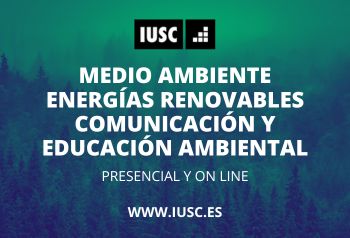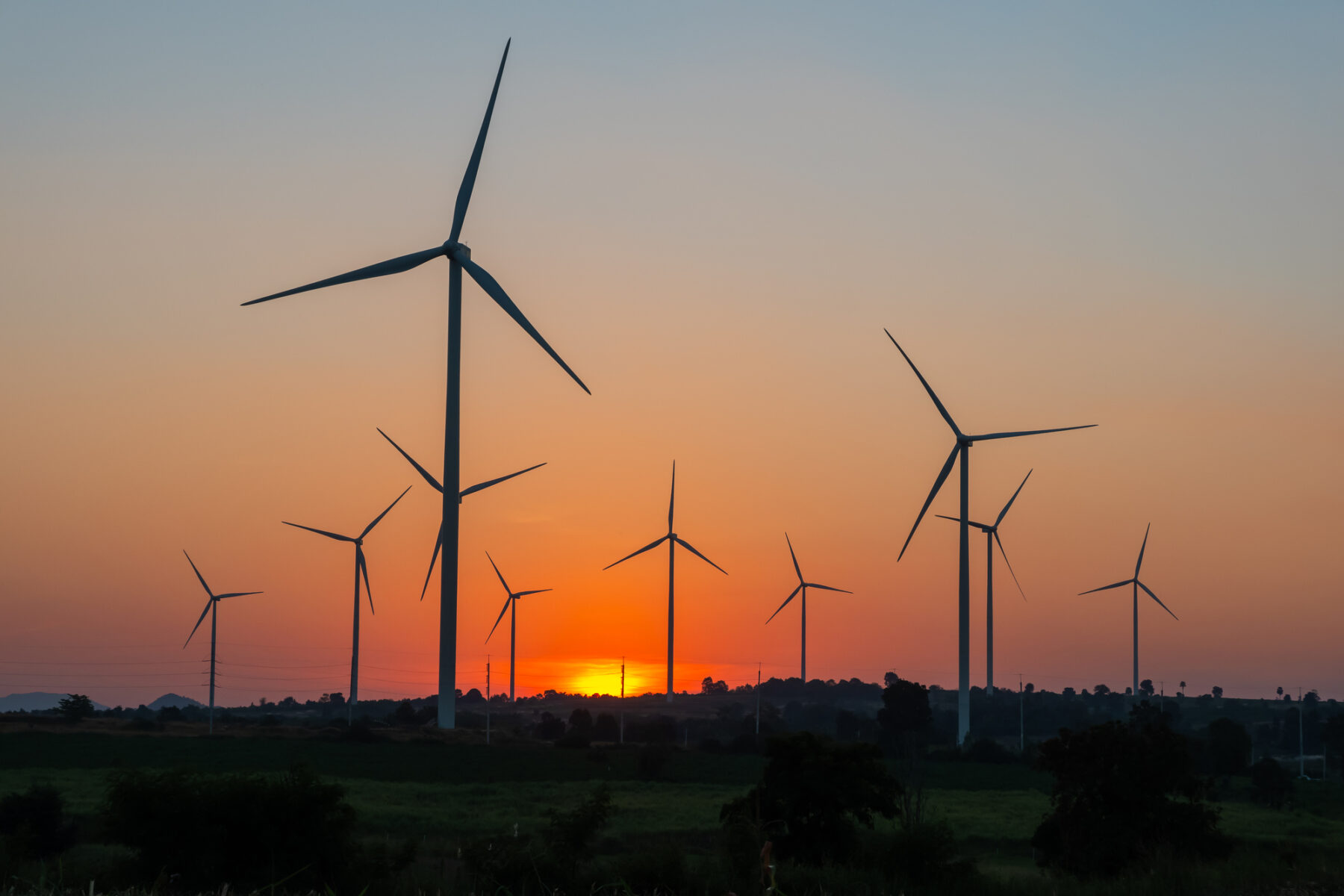The Association of Wind Companies (AEE) organizes the ‘Operational Analysis of Wind Farms Conference 2024‘: agility when processing wind projects, protect the wind industry and increasing electrification, one of the priorities of the wind energy sector.
The Association of Wind Companies (AEE) es the voice of the wind sector in Spain with the objective to promote the growth of this renewable technology.
With more than 290 affiliated companies, The Wind Business Association (AEE) represents more than 90% of the sector in Spainwhich includes promoters, manufacturers of wind turbines and components, national and regional associations, organizations linked to the sector, lawyers and financial and insurance entities.
The Association of Wind Companies (AEE) celebrates a new edition of the technical and technological knowledge forum of the wind sector in Spain, ‘Operational Analysis of Wind Farms Conference 2024‘. More than 200 experts meet to analyze and discuss improvements in the operation and maintenance of Spanish wind farms.
Spain is one of the few countries within the major European economies that has achieved renewable electricity generation of more than 50% of demand and where wind energy already accounts for 25% so far this year. With more than 31 GW installed, the wind sector is in good health. A competitive position that we must not lose, with more than 40,000 professionals working in the sector.
The recently published PNIEC sets the target of 62 GW of wind energy in 2030, of which 3 GW of offshore wind energy. We have five years to reach that goal, and it will double the current amount of wind energy installed in Spain. In 2023, 607 MW was installed (annual amount required to achieve PNIEC targets of 2-2.5 GW).
So far, the new power figures in 2024 are better, with 1 GW already installed, but still far from the necessary new power. This delay in starting up new facilities is a result of the lack of flexibility in obtaining permits, especially in the years 2020-2022.


National Integrated Energy and Climate Plan 2023-2030
We need more wind and faster at the opening of the day. Maintaining the production capacity of Spain’s wind contingent should be an energy, economic, climatic and industrial priority for the country. But do not just maintain the production capacity of our parks, but increase it gradually and with the ambition to follow the path of the new National Integrated Energy and Climate Plan 2023-2030All this guarantees the sustainability of investments.
Protecting our industry ever since Wind energy is the only renewable technology that can be produced entirely on a large scale in Europe todayand to achieve this, industrial policy measures are needed to secure the value chain made in and by Europe.
Strengthening the capacities of the Spanish value chain and monitoring compliance with international trade rules to prevent anti-competitive practices are necessary to protect the wind industry.
The chairman of the Association of Wind Companies (AEE) has emphasized paper of the renewable energy auctionswith an evolved design that complies with the Net Zero Industry Act (NZIA), which takes into account value-added criteria and standards beyond price, with quotas for technologies and focused on maximizing decarbonization of the mix , and with a calendar and long term – Visibility over the term: essential elements for development companies to invest in wind.
Increase electrification
Another challenge is increasing electrificationas well as the mandatory linking of the growth of renewable generation to the increase in electricity demand, if we want to avoid extreme scenarios.
The legalization of projects in certain areas, such as Galicia, is a major concern for the sector and is another objective that needs to be resolved, as it sends a message of legal uncertainty that affects investment decisions.
More challenges that will mark the future of the sector are the deployment on the territory of new wind farms with information, respect, sensitivity and anticipation, aimed at the good coexistence of wind energy with society and the environment. And the future development of floating offshore wind energy off our coasts is another challenge.
He Royal Decree on offshore wind energy recently approved is a major milestone, but we need to continue with the next regulatory steps to organize the first auction in 2025, as well as an indicative calendar for the following years.
Key topics of technical analysis at the ‘Operational Analysis of Wind Farms 2024 Conference’
This ‘Day Operational Analysis Wind Farms 2024′ shows us the most important advances in the sector related to achieving planned availability, optimizing asset management costs and introducing improvements in production for a given primary resource.
Among the problems analyzed, the growing penetration of renewable energy in the electricity system, both on the peninsula and on the islands, is one of them, as well as the introduction of new solutions, both technological and in design and diagnostics, to improve the operation of to enable and improve electricity. the installation in accordance with the originally planned conditions.
Another topic that completes the day is hybridizationwhich is at a slower pace than expected, both for the implementation of mixed renewable projects and especially for the uptake of storage. The latter is undoubtedly the key to achieving the decarbonization goals.
Repowering, decommissioning of parks and the circular economy have their place today, as they are crucial for the renewal of the wind fleet of European countries, pioneers in the use of this technology..
The use of data to diagnose the situation of wind farms is the topic of several sessions of the dayas well as Tower repair methodsthe use of drones and robotsor add new lubricants for gearboxes and bearings, as well as solutions to improve the mechanical response of yaw motor gearboxesthe use of the AI to improve wind farm production based on the information provided by the park’s SCADA and the rest of the data provided by the BOP or by the sensors on the machines as part of Condition Monitoring.

